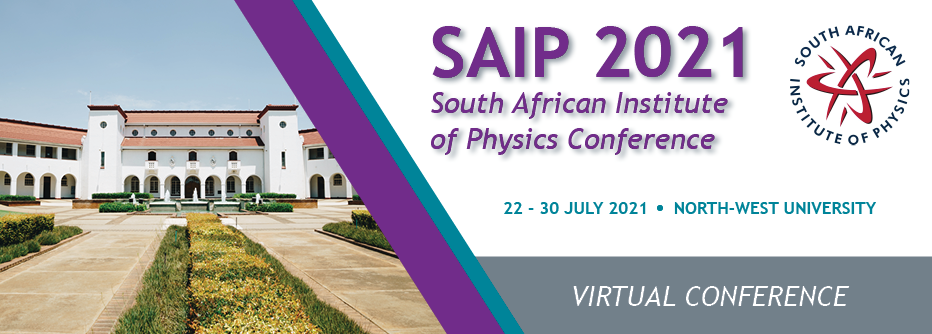Speaker
Description
Studies towards a measurement of the leptonic charge asymmetry in top quark pair production in association with a W boson($t\bar{t}W^{\pm} $) at 13 TeV with the ATLAS experiment are presented. Previous measurements of the $t\bar{t}W^{\pm} $ cross-section have been shown to be higher than that predicted by the standard model indicating a potential discrepancy in the modeling of the $t\bar{t}W^{\pm} $ process. This analysis aimed to study the leptonic charge asymmetry of $t\bar{t}W^{\pm} $ as it provides an independent method of verifying the modeling of the process and has never been measured before in $t\bar{t}W^{\pm} $. The full run II data(139 $fb^{-1}$) was utilized in these studies. An event selection scheme was put in place to optimally select for $t\bar{t}W^{\pm} $ events in the three-lepton final state while suppressing background events. The leptonic charge asymmetry is calculated using the $\eta$ of the top and anti-top leptons. As such a machine learning algorithm was implemented to optimally select the pair of leptons decaying from the top quarks from the total three leptons in the event. Finally, the extraction of the leptonic charge asymmetry was implemented using a method known as template morphing. This analysis has remained blinded as it forms the basis of an official ATLAS analysis. Several sources of error have been considered namely: cross-sections, lepton trigger efficiencies, and b-tagging efficiencies. The main source of uncertainty in these studies is the limited statistics. With this in place a leptonic charge asymmetry of $A_{C}^{\ell} $ = $-0.08^{ +0.29}_{-0.31}$ was extracted using Asimov data. This analysis does not have sufficient statistics to observe the leptonic charge asymmetry at the level predicted by the standard model. However, novel constraints on effective field theories may be possible and are being investigated.
Apply to be considered for a student ; award (Yes / No)?
Yes
Level for award;(Hons, MSc, PhD, N/A)?
MSc

